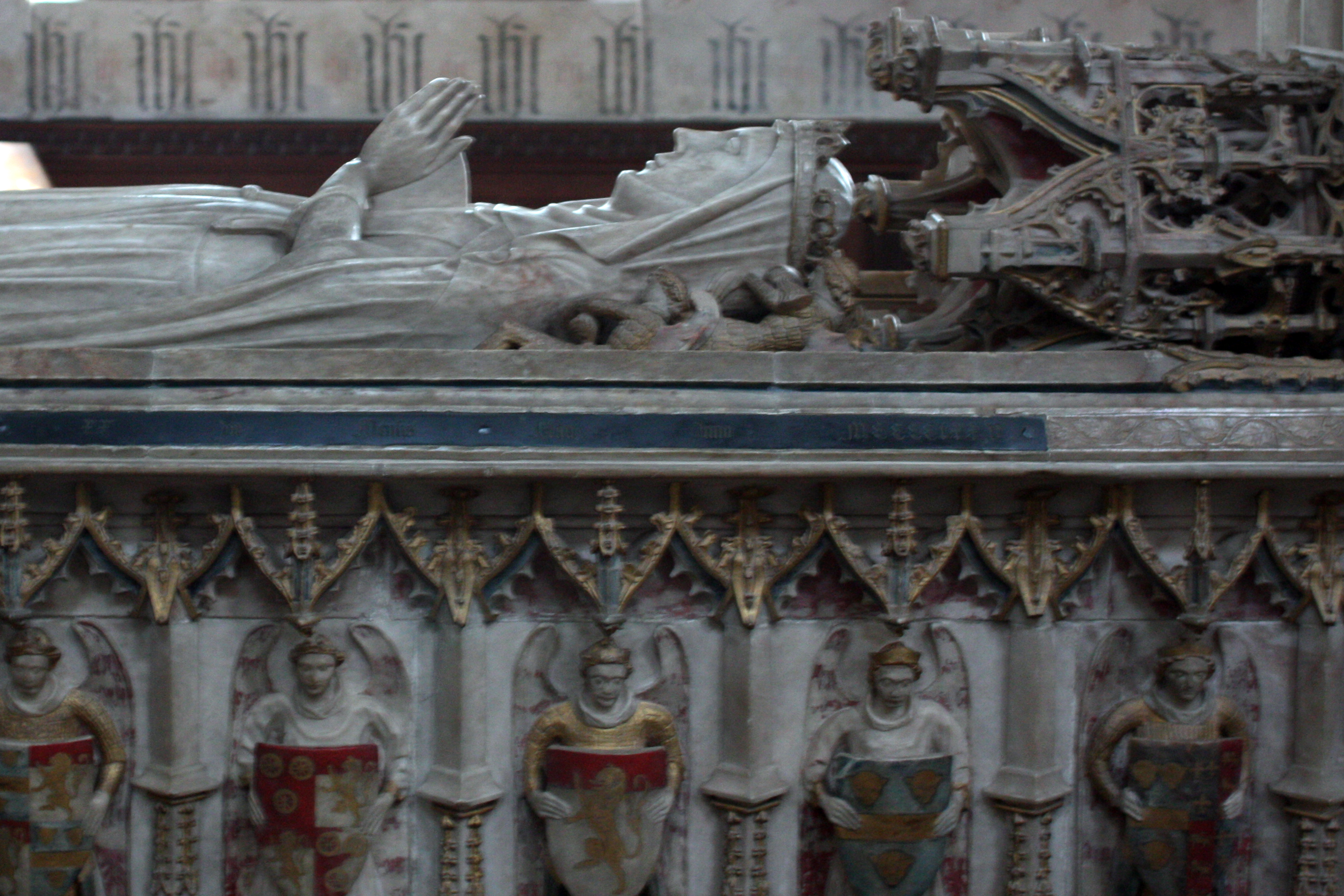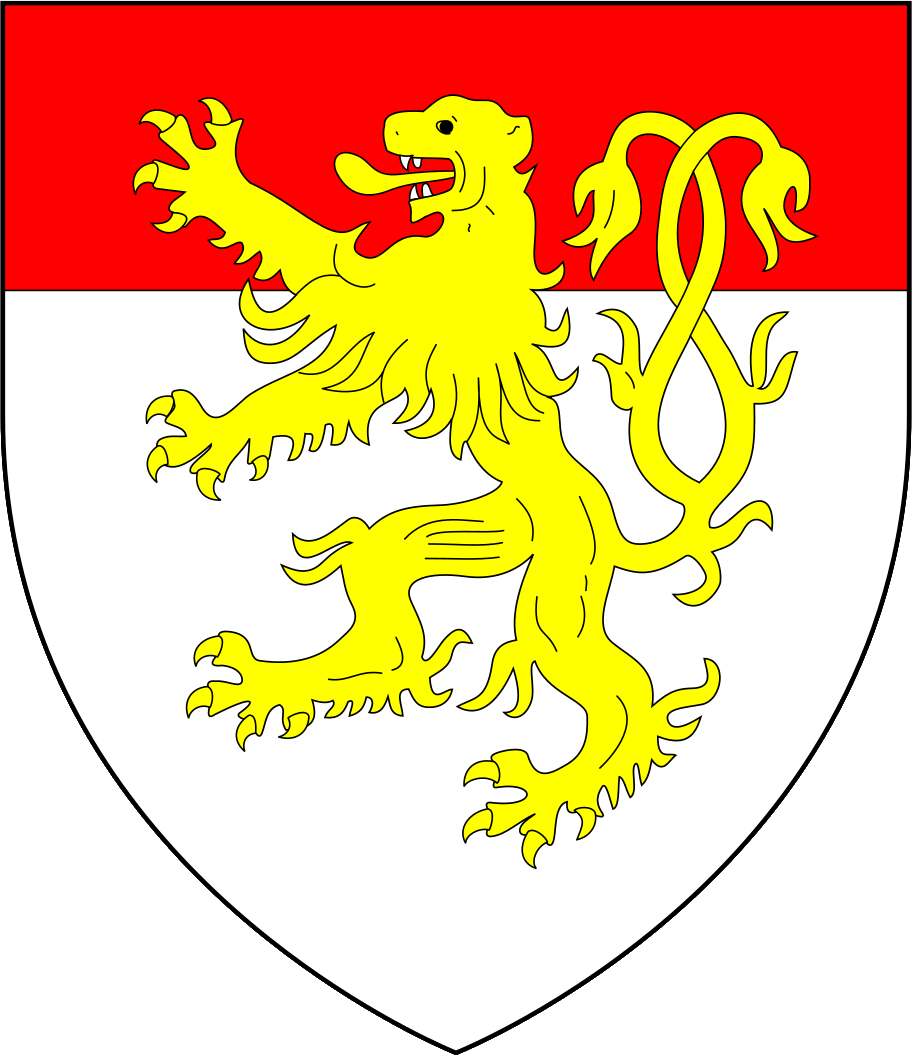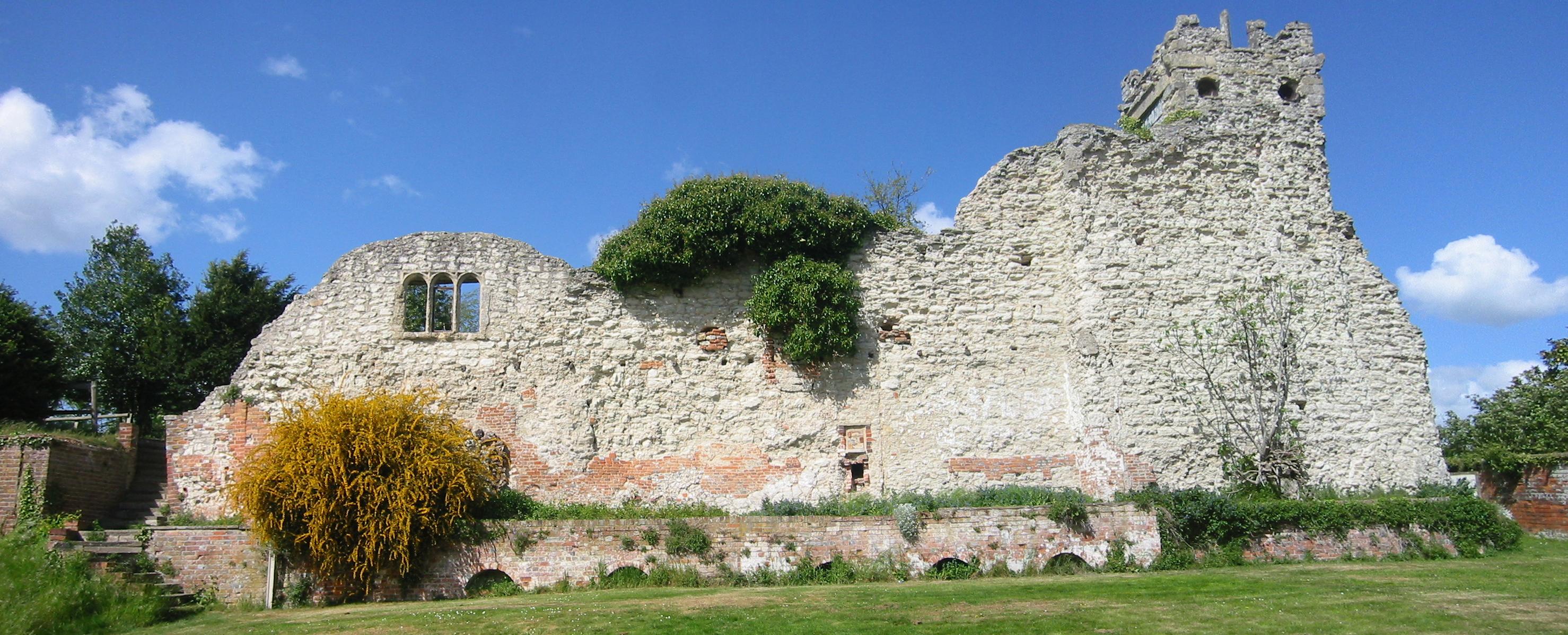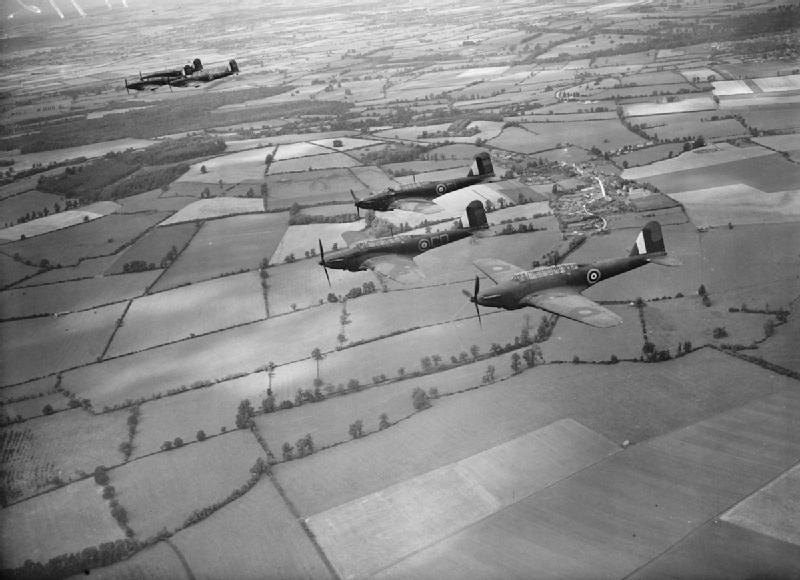|
Ewelme
Ewelme () is a village and civil parish in the Chiltern Hills in South Oxfordshire, northeast of the market town of Wallingford. The 2011 census recorded the parish's population as 1,048. To the east of the village is Cow Common and to the west, Benson Airfield, the northeastern corner of which is within the parish boundary. The local geology is chalk overlying gault clay; the drift geology includes some gravel. Toponym The toponym is derived from ''Ae-whylme'', Old English for "waters whelming". It refers to the spring just north of the village, which forms the King's Pool that feeds the Ewelme Brook. The brook flows past Fifield Manor and then through nearby Benson before joining the River Thames. It formed the basis of Ewelme's watercress beds, which provided much local employment until well into the 20th century. Before the inclosure of 1863, there was no clear boundary between the parishes of Ewelme, Benson and Berrick Salome where they shared large ope ... [...More Info...] [...Related Items...] OR: [Wikipedia] [Google] [Baidu] |
Alice De La Pole
Alice Chaucer, Duchess of Suffolk (–1475) was a granddaughter of the English poet Geoffrey Chaucer. Married three times, she eventually became a Lady of the Most Noble Order of the Garter, an honour granted rarely to women and marking the friendship between herself and her third husband, William de la Pole, 1st Duke of Suffolk, with King Henry VI and his wife Margaret of Anjou. Origins She was born as Alice Chaucer, a daughter of Thomas Chaucer by his wife, Matilda Burghersh. Her grandfather was the poet Geoffrey Chaucer, author of ''The Canterbury Tales''. Marriages and children She married three times: *Firstly, when aged 11, she married Sir John Phelip (–1415). The couple lived briefly at Donnington Castle, but Sir John died within a year. Sir John, also titled Lord Donnington, had married Maud, the widow of Walter Cookesey of Caldwall Castle, Kidderminster in the County of Worcestershire. Sir John lived at Caldwall Castle during his marriage to Maud and upon her d ... [...More Info...] [...Related Items...] OR: [Wikipedia] [Google] [Baidu] |
Thomas Chaucer
Thomas Chaucer (c. 136718 November 1434) was an English courtier and politician. The son of the poet Geoffrey Chaucer and his wife Philippa Roet, Thomas was linked socially and by family to senior members of the English nobility, though he was himself a commoner. Elected fifteen times to the Parliament of England, he was Speaker of the House of Commons for five parliaments in the early 15th century. Parental connections Thomas Chaucer was a relative by marriage of John of Gaunt, 1st Duke of Lancaster, through his aunt Katherine Swynford. Katherine (born Roet) was the sister of his mother, Philippa Roet. Swynford was first Gaunt's mistress, and then his third wife. Their four children, John Beaufort, Henry Beaufort, Thomas Beaufort and Joan Beaufort, were first cousins to Thomas Chaucer, and all prospered: John's family became Earls and subsequently Dukes of Somerset, Henry a Cardinal, Thomas became Duke of Exeter, Joan became Countess of Westmorland and was gran ... [...More Info...] [...Related Items...] OR: [Wikipedia] [Google] [Baidu] |
Berrick Salome
Berrick Salome is a village and civil parish in South Oxfordshire, England, about north of Wallingford. Since the 1992 boundary changes, the parish has included the whole of Roke and Rokemarsh (previously largely in the parish of Benson) and Berrick Prior (previously part of the parish of Newington). The 2011 Census recorded the parish's population as 326. In 1965, Reginald Ernest Moreau (1897–1970), an eminent ornithologist Ornithology, from Ancient Greek ὄρνις (''órnis''), meaning "bird", and -logy from λόγος (''lógos''), meaning "study", is a branch of zoology dedicated to the study of birds. Several aspects of ornithology differ from related discip ..., and a Berrick Salome resident from 1947, realized that he could build up a picture of the village as it had been in the decades before the First World War, based on the recollections of elderly villagers. His study, which was published in 1968 as ''The Departed Village: Berrick Salome at the Turn of ... [...More Info...] [...Related Items...] OR: [Wikipedia] [Google] [Baidu] |
Wallingford, Oxfordshire
Wallingford () is a historic market town and civil parish on the River Thames in South Oxfordshire, England, north of Reading, south of Oxford and north west of Henley-on-Thames. Although belonging to the historic county of Berkshire, it is within the ceremonial county of Oxfordshire for administrative purposes (since 1974) as a result of the Local Government Act 1972. The population was 11,600 at the 2011 census. The town has played an important role in English history starting with the surrender of Stigand to William the Conqueror in 1066, which led to his taking the throne and the creation of Wallingford Castle. The castle and the town enjoyed royal status and flourished for much of the Middle Ages. The Treaty of Wallingford, which ended a civil war known as The Anarchy between King Stephen and Empress Matilda, was signed there. The town then entered a period of decline after the arrival of the Black Death and falling out of favour with the Tudor monarchs before ... [...More Info...] [...Related Items...] OR: [Wikipedia] [Google] [Baidu] |
William De La Pole, 1st Duke Of Suffolk
William de la Pole, 1st Duke of Suffolk (16 October 1396 – 2 May 1450), nicknamed Jackanapes, was an English magnate, statesman and military commander during the Hundred Years' War. He became a favourite of Henry VI of England, and consequently a leading figure in the English government where he became associated with many of the royal government's failures of the time, particularly on the war in France. Suffolk also appears prominently in Shakespeare's '' Henry VI'', parts 1 and 2. He fought in the Hundred Years' War and participated in campaigns of Henry V, and then continued to serve in France for King Henry VI. He was one of the English commanders at the failed Siege of Orléans. He favoured a diplomatic rather than military solution to the deteriorating situation in France, a stance which would later resonate well with King Henry VI. Suffolk became a dominant figure in the government, and was at the forefront of the main policies conducted during the period. He pla ... [...More Info...] [...Related Items...] OR: [Wikipedia] [Google] [Baidu] |
Benson, Oxfordshire
Benson is a village and Civil parishes in England, civil parish in South Oxfordshire, England. The United Kingdom Census 2011, 2011 Census gave the parish population as 4,754. It lies about a mile and a half (2.4 km) north of Wallingford, Oxfordshire, Wallingford at the foot of the Chiltern Hills, where a chalk stream, Ewelme Brook, joins the River Thames next to Benson Lock. Geography Benson, on the north and east banks of the Thames, was unaffected by the Local Government Act 1972, 1974 boundary changes between Berkshire and Oxfordshire. It rests on river silts and gravel, just above surrounding marshy land named in the nearby settlements of Preston Crowmarsh, Crowmarsh Gifford, and Rokemarsh. The fertile land surrounding Benson meant that farming was the main source of employment until the 20th century. The brook through the village is home to trout and to the invasive American signal crayfish. Climate The village lies in a well-known frost-pocket, sometimes recording the low ... [...More Info...] [...Related Items...] OR: [Wikipedia] [Google] [Baidu] |
Fifield Manor
Benson is a village and civil parish in South Oxfordshire, England. The 2011 Census gave the parish population as 4,754. It lies about a mile and a half (2.4 km) north of Wallingford at the foot of the Chiltern Hills, where a chalk stream, Ewelme Brook, joins the River Thames next to Benson Lock. Geography Benson, on the north and east banks of the Thames, was unaffected by the 1974 boundary changes between Berkshire and Oxfordshire. It rests on river silts and gravel, just above surrounding marshy land named in the nearby settlements of Preston Crowmarsh, Crowmarsh Gifford, and Rokemarsh. The fertile land surrounding Benson meant that farming was the main source of employment until the 20th century. The brook through the village is home to trout and to the invasive American signal crayfish. Climate The village lies in a well-known frost-pocket, sometimes recording the lowest night-time temperatures in the UK. This climatic quirk may have led to the village playing a part ... [...More Info...] [...Related Items...] OR: [Wikipedia] [Google] [Baidu] |
South Oxfordshire
South Oxfordshire is a Non-metropolitan district, local government district in the Ceremonial counties of England, ceremonial county of Oxfordshire, England. Its council is temporarily based outside the district at Abingdon-on-Thames pending a planned move to Didcot, the district's largest town. The areas located south of the River Thames are within the Historic counties of England, historic county of Berkshire. History The district was formed on 1 April 1974, under the Local Government Act 1972, covering the area of six former districts, which were abolished at the same time: *Bullingdon Rural District *Henley-on-Thames Municipal Borough *Henley Rural District *Thame Urban district (Great Britain and Ireland), Urban District *Municipal Borough of Wallingford, Wallingford Municipal Borough *Wallingford Rural District The two Wallingford districts had previously been part of the administrative county of Berkshire, whilst the other four districts had been in the administrative coun ... [...More Info...] [...Related Items...] OR: [Wikipedia] [Google] [Baidu] |
Oxfordshire
Oxfordshire ( ; abbreviated ''Oxon'') is a ceremonial county in South East England. The county is bordered by Northamptonshire and Warwickshire to the north, Buckinghamshire to the east, Berkshire to the south, and Wiltshire and Gloucestershire to the west. The city of Oxford is the largest settlement and county town. The county is largely rural, with an area of and a population of 691,667. After Oxford (162,100), the largest settlements are Banbury (54,355) and Abingdon-on-Thames (37,931). For local government purposes Oxfordshire is a non-metropolitan county with five districts. The part of the county south of the River Thames, largely corresponding to the Vale of White Horse district, was historically part of Berkshire. The lowlands in the centre of the county are crossed by the River Thames and its tributaries, the valleys of which are separated by low hills. The south contains parts of the Berkshire Downs and Chiltern Hills, and the north-west includes part o ... [...More Info...] [...Related Items...] OR: [Wikipedia] [Google] [Baidu] |
RAF Benson
Royal Air Force Benson or RAF Benson is a Royal Air Force (RAF) List of Royal Air Force stations, station located at Benson, Oxfordshire, Benson, near Wallingford, Oxfordshire, Wallingford, in South Oxfordshire, England. It is a front-line station and from 2009 to 2025 was home to the RAF's fleet of Aérospatiale SA 330 Puma, Westland Puma HC2 support helicopters, which were used primarily for the transportation of troops & equipment. Flying squadrons comprise No. 33 Squadron RAF, No. 33 Squadron, No. 22 Squadron RAF, No. 22 Squadron which provides Operational Evaluation Unit, operational evaluation and training for all aircraft in Joint Aviation Command and No. 28 Squadron RAF, No. 28 Squadron, which is the Boeing Chinook (UK variants), Boeing Chinook HC6A training unit. Other units include the Oxford University Air Squadron and No. 6 Air Experience Flight RAF, No. 6 Air Experience Flight, both flying the Grob G 115#Grob 115E (Tutor), Grob Tutor T1 light training aircraft used ... [...More Info...] [...Related Items...] OR: [Wikipedia] [Google] [Baidu] |
River Thames
The River Thames ( ), known alternatively in parts as the The Isis, River Isis, is a river that flows through southern England including London. At , it is the longest river entirely in England and the Longest rivers of the United Kingdom, second-longest in the United Kingdom, after the River Severn. The river rises at Thames Head in Gloucestershire and flows into the North Sea near Tilbury, Essex and Gravesend, Kent, via the Thames Estuary. From the west, it flows through Oxford (where it is sometimes called the Isis), Reading, Berkshire, Reading, Henley-on-Thames and Windsor, Berkshire, Windsor. The Thames also drains the whole of Greater London. The lower Reach (geography), reaches of the river are called the Tideway, derived from its long Tidal river, tidal reach up to Teddington Lock. Its tidal section includes most of its London stretch and has a rise and fall of . From Oxford to the estuary, the Thames drops by . Running through some of the drier parts of mainland Bri ... [...More Info...] [...Related Items...] OR: [Wikipedia] [Google] [Baidu] |
Watercress
Watercress or yellowcress (''Nasturtium officinale'') is a species of aquatic flowering plant in the cabbage family, Brassicaceae. Watercress is a rapidly growing perennial plant native to Eurasia. It is one of the oldest known leaf vegetables consumed by humans. Watercress and many of its relatives, such as garden cress, mustard, radish, and wasabi, are noteworthy for their piquant flavors. Description Watercress can grow up to in length. The stems are hollow and float in water. The leaf structure is pinnately compound. Small, white, and green inflorescences are produced in clusters and are frequently visited by insects, especially hoverflies, such as '' Eristalis'' flies. Taxonomy Watercress is listed in some sources as belonging to the genus ''Rorippa'', although molecular evidence shows those aquatic species with hollow stems are more closely related to ''Cardamine'' than ''Rorippa''. Despite the Latin name, watercress is not particularly closely related to the fl ... [...More Info...] [...Related Items...] OR: [Wikipedia] [Google] [Baidu] |







